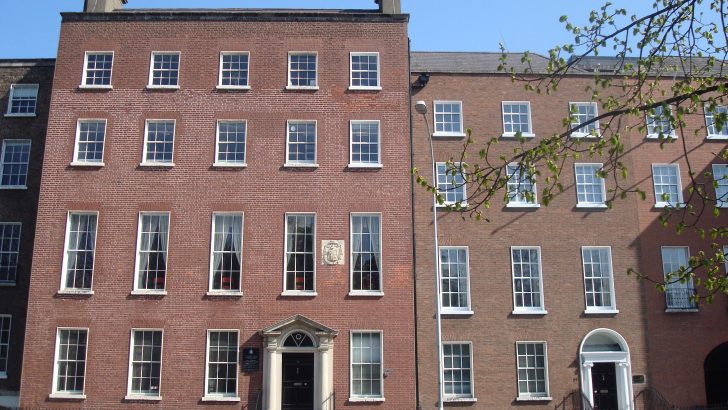Friend of the Poor. Mary Aikenhead: Woman of Vision, Commitment and Inspiration
by Rosaleen Crossan (Columba Press, €12.99)
Pope Francis declared Mary Aikenhead to be Venerable on March 18, 2015. This is the first step towards canonisation. It was a much deserved accolade.
Mary was born in Cork on January 19, 1787. Her father, David Aikenhead, was a doctor (then known as an apothecary) and the proprietor of a chemist shop. He was a Protestant, the son of a Scottish military officer. Mary’s mother was the daughter of a Cork Catholic merchant family.
Under the penal laws she was not allowed to raise her family as Catholics so Mary was baptised in the Protestant church. However, in her early years because of her frailty Mary was fostered to a poor Catholic family on the outskirts of the city.
She accompanied her pious foster parents when they attended Mass and formed friendships with the other children in the poor Catholic neighbourhood.
For her teenage years Mary was returned to her family home. Soon afterwards her father converted to Catholicism just before he died and Mary also became a Catholic.
Mary became aware of a vocation to dedicate her life to God as a religious sister, serving the poor. She admired the Daughters of Charity of St Vincent de Paul who worked among the poor in France. However, at that time all religious congregations of women in Ireland were bound by rules of enclosure.
She consulted Archbishop Daniel Murray of Dublin in 1811. Providentially he was then hoping to establish the kind of congregation Mary had in mind and he invited her to be part of it. With his assistance Mary and a companion after completing a noviciate took over the administration of an orphanage for girls in North William Street in Dublin. Soon other young women joined them and they were able to visit the sick poor in their own homes as well as running a primary school for local children.
Thus began the Religious Sisters of Charity, whose members were vowed to the service of the poor, especially the sick poor, with the motto Caritas Christi urget nos (‘The love of Christ motivates us’). Mary was appointed head superior and the congregation was canonically erected by Archbishop John Troy on December 1, 1816.
The congregation’s first foundation at Stanhope Street was followed by 13 others in Mary’s life-time, including one in Parramarta in Australia, where the Sisters worked among women convicts and their children.
Mary constantly emphasised that the aim of the congregation was ministering to the poor in general and the sick poor in particular. During the cholera epidemic in Ireland in 1832 the sisters in Dublin and Cork worked heroically among the victims of the disease.
In Ringsend they opened a small temporary hospital for the poor. Seeing its usefulness, Mary determined to build a ‘real’ hospital for the poor.
Donation
With a generous donation of €3,000 she purchased the Earl of Meath’s town-house on St Stephen’s Green and opened St Vincent’s Hospital in 1834.
For 27 years before she died on July 22, 1858 Mary was challenged by severe illness. This did not deter her from writing thousands of letters, ably administrating the congregation and pleading for donations for various projects.
On her death-bed she assured her Sisters that the congregation would flourish after she had left them. Today the sisters are ministering to the poor in the US, Zambia, Nigeria, Malawi, Australia, England, Scotland and Ireland. And in Dublin St Vincent’s Hospital, now removed to Elm Park, still flourishes.
This excellent monograph will be a source of inspiration, not only to members of the Religious Sisters of the Poor, but to many others besides.


 St. Vincent's Hospital at St. Stephen's Green
St. Vincent's Hospital at St. Stephen's Green 